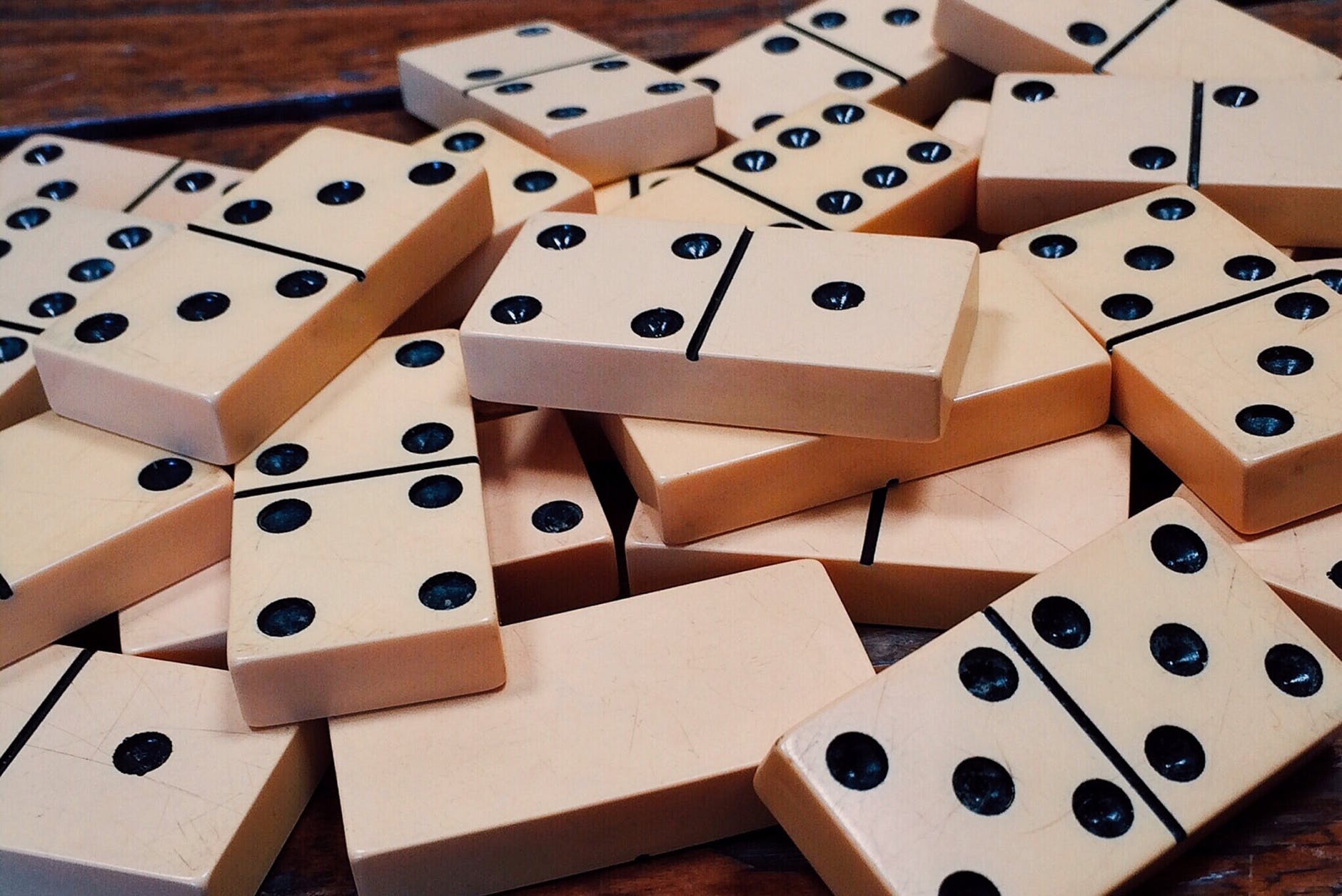
It’s easy to fall into the trap of viewing your body as isolated parts that function independently of one another.
In reality, your body is an incredibly complex system made up of thousands of interconnected components that rely on each other to work efficiently. If one of these components gets damaged, it can result in a knock-on effect that impacts other parts of the body.
In this article, we’re going to explore why secondary injuries occur and how physiotherapy can prevent them.
What are secondary injuries?
In simple terms, secondary injuries occur as the result of other injuries. A seemingly localised injury can disrupt your normal biomechanics in such a way that it may eventually cause injury in another part of the body. Secondary injuries are are not present at the time of the initial injury, but develop in the days, weeks or months that follow.
This domino effect is usually due to an imbalance. The skeleton, muscles and connective tissue that makeup your body work best when they are balanced. If there’s an imbalance somewhere in the body (in this case, due to injury), your body adjusts to make up for the lack of strength or mobility. Unfortunately, the way your body compensates for the original injury may not be efficient or healthy in the long run.
A quick example of a secondary injury
Let’s take your gait, for example. Let’s say you overpronate, a very common issue where the arch of the foot rolls inward or downward while walking. Overpronation might seem like a localised problem but, if left to go unchecked, it can have a major impact on your biomechanics.
How? Well, in each of your feet, there are 26 bones, 33 joints and hundreds of muscles, tendons and ligaments, many of which will be affected by overpronation. Over time, strain on the big toe can lead to instability in the foot, while excessive rotation of the foot can lead to shin splints further up the leg. Overpronation can also disrupt your body’s natural alignment, including the positioning of your knees, pelvis and spine, which can cause a variety of knee and lower back issues.
Many people are surprised to learn that seemingly minor issues can potentially have a major impact on their biomechanics and overall quality of life.
How sports physiotherapy can help
Secondary injuries are frustrating and can feel like life’s way of kicking you when you’re down. The good news is that physiotherapy can reduce the risk of secondary injuries and help you return to your normal activities safely.
Treat the original injury
Secondary injuries are caused by other injuries. Using a combination of treatment modalities such as massage therapy, joint mobilisation, stretching, strengthening exercises and acupuncture, we’ll treat your original injury and ensure your body doesn’t fall into using unsafe compensation patterns that can lead to secondary injuries.
Guide you through recovery
Secondary injuries frequently occur when an athlete returns to training or competition before the original injury has fully healed.
As a trainee, it can be very difficult to know when you have fully recovered from an injury – particularly as pain is often not a very accurate indicator. For example, a sprained ankle may not cause any pain after three months, but that it doesn’t mean the joint has been fully rehabilitated. If strength and mobility have not not been completely restored, your body may still develop compensation patterns that could increase the risk of a secondary injury.
Our experienced sports physios will guide you through the recovery process. We’ll help you gradually increase training intensity so that you can return to training or competition safely and efficiently.
Improve biomechanics
If your body has fallen into bad habits after compensating for an old injury, it’s important to identify patterns that could leave you predisposed to secondary injuries. We’ll analyse your movements to detect possible biomechanical faults and help you make the necessary adjustments to correct the patterns and reduce the risk of secondary injury.
Secondary injury prevention starts here
Come and see the physiotherapists at Dynamic Physio, and we’ll make a plan to resolve any underlying issues to prevent any further injuries. Contact us today on 09 476 2166 or use our online booking system to schedule an appointment.
